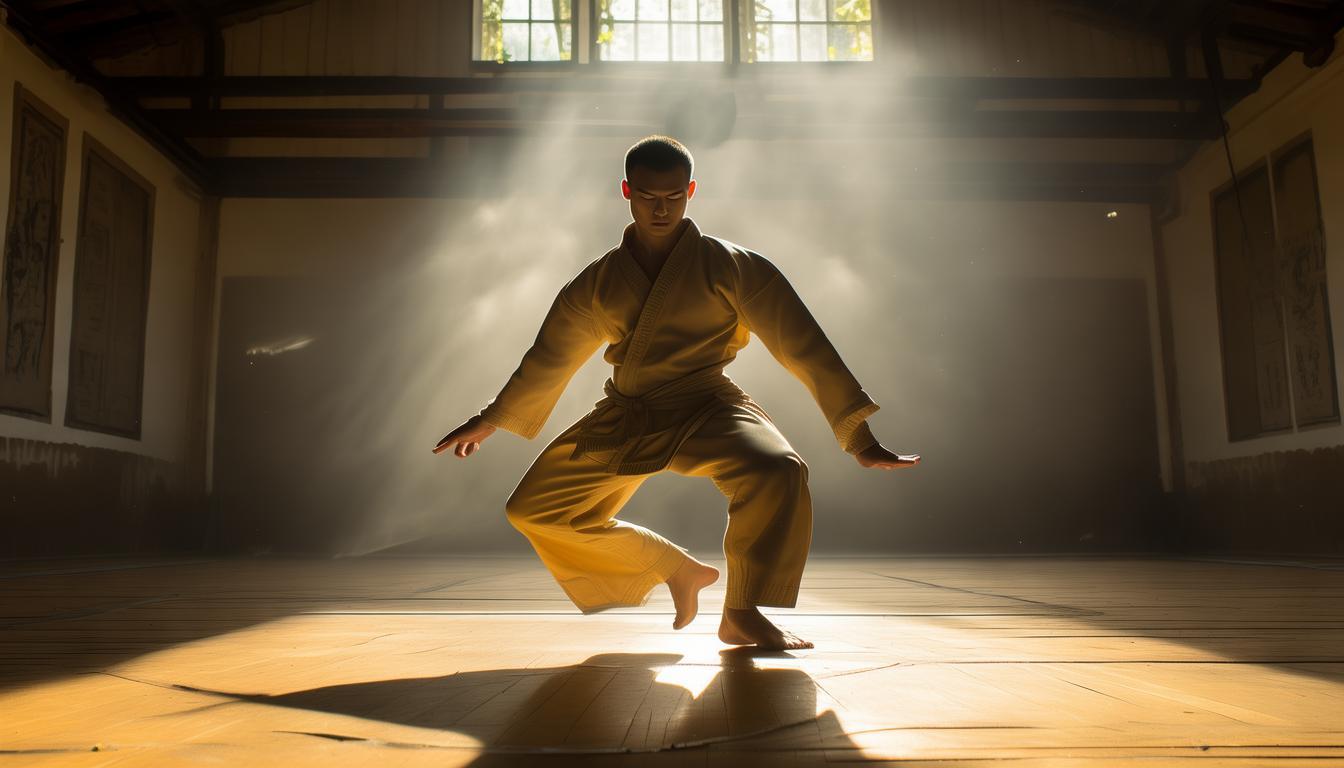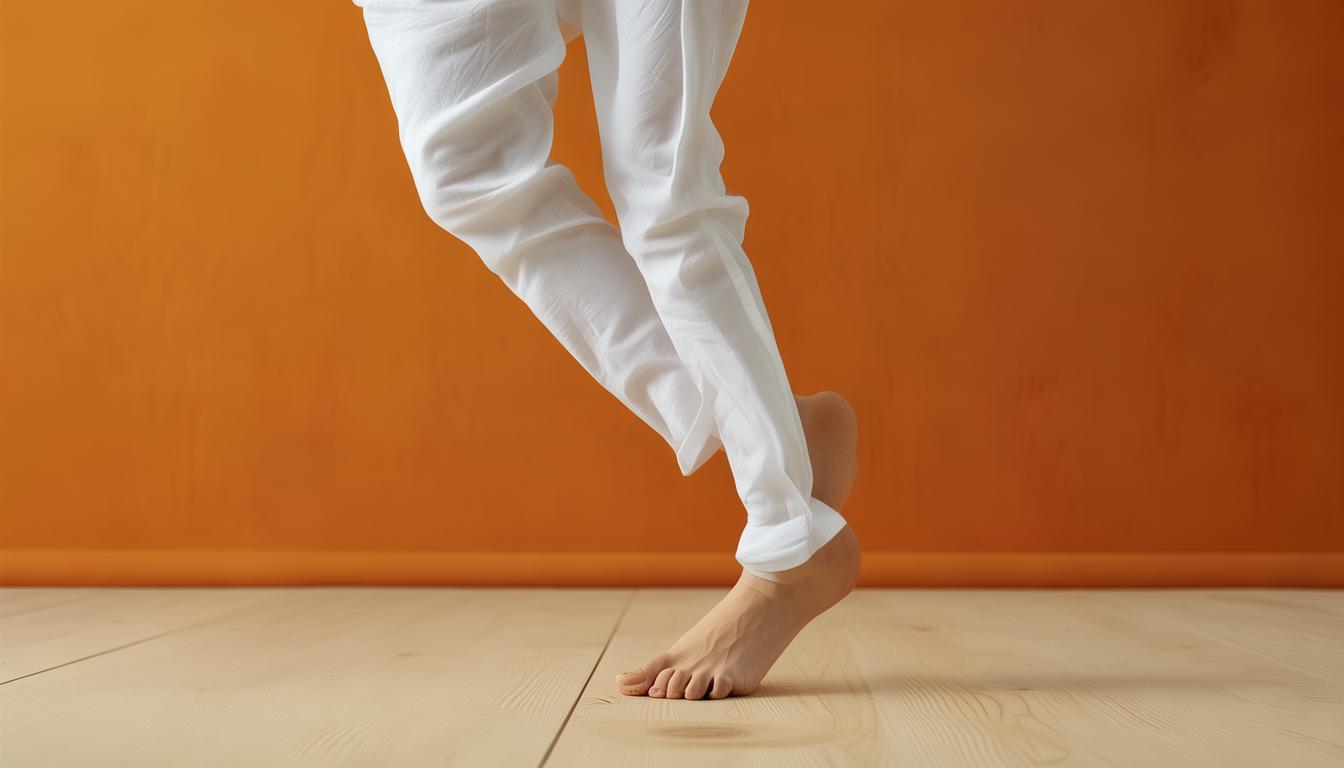Tai chi is a gentle and flowing martial art that offers numerous health benefits, especially for beginners. It combines slow,deliberate movements with deep breathing and mental focus. Here are some key tai chi movements perfect for those just starting out.
Opening Posture
Stand with your feet shoulder – width apart Tai Chi For Health , knees slightly bent, and arms relaxed at your sides. This is the starting point. It helps you find your balance and center yourself. As you stand there,feel the connection with the ground. Take a few deep breaths tai chi movements for beginners , inhaling through your nose and exhaling through your mouth. This simple yet cruel posture sets the tone for the rest of your tai chi practice.
Ward – off

There are two types of ward – off: forward and backward. In forward ward – off, you shift your weight onto one leg and extend your arm forward in a circular motion. It's like you're gently pushing away an object. Backward ward – off is the reverse. This movement improves your body's coordination and strengths your arm and leg muscles. It also trains you to control your weight transfer effectively.
Cloud Hands
Imagine you're moving through clouds. Slide your hands in a smooth, circular pattern from side to side while shifting your weight gradually. This movement is both beautiful and beneficial. It enhances your flexibility, especially in the shoulders and wait. As you practice cloud hands, you'll start to feel a sense of fluidity in your body, like a gentle stream flowing through a valley.
Brush Knee and Twist Step

First, lift your leg and then bring it down slowly, as if you're brushing your knee. At the same time, twist your upper body. This movement is a great way to improve your balance and body rotation. It requires you to coordinate your upper and lower body, which becomes easier with practice. It's like a dance between your legs and torso.
Closed Posture
Just like the opening posture, this is an important step. Bring your arms back to your sides, straighten your knees, and relax. It's a moment to reflect on your practice. As you finish Parkinson Tai Chi , you'll feel a sense of calmness and relaxation. You've completed a small but significant tai chi session.
Do you feel inspired to try these tai chi movements? If you find this useful, don't forget to like and share this article!



Leave a Reply